Beginner’s Guide to SEO: 10 Simple Steps to Get Started (2024 Update)
Are You New to SEO? Here’s Why It’s Make or Break for Businesses in 2024
There are 33.2 million small businesses in the US as of 2024—in addition to those that are categorically mid-sized or large-scale. This means that at any given time, there’s intense competition for your existing company, no matter what the niche or industry may be. You’ll continually be vying for new customers and working to retain old customers and the only way to truly thrive, not just survive, is SEO (search engine optimization).
SEO, or Search Engine Optimization services, use the practice of improving a website’s visibility in organic search engine results. When you search for something on Google, Bing, or another search engine, the results you see are ranked based on various factors, including relevance, authority, and user experience. SEO helps your website rank higher in these search results, increasing its visibility and attracting more organic traffic.
SEO for Beginners—How Does SEO Work?
Search engines use complex algorithms to determine the relevance and quality of websites. These algorithms analyze various factors, including:
- Keyword Relevance: The presence of relevant keywords in your content.
- Backlinks: The number and quality of other websites linking to yours.
- User Experience: How easy it is for users to navigate your website and find the information they need.
- Website Speed: How quickly your website loads.
- Mobile-Friendliness: How well your website adapts to different screen sizes.
These are the basics of SEO for beginners, helping you understand what’s absolutely essential to focus on.
Why is SEO Important?
SEO is crucial for businesses of all sizes, as it offers numerous benefits. Here’s a quick SEO guide of what to expect:
- Increased Website Traffic: Higher search engine rankings lead to more organic traffic, meaning more potential customers visiting your website.
- Improved Brand Visibility: By ranking higher in search results, your brand becomes more visible and recognizable.
- Higher Conversion Rates: Organic traffic is often more targeted and qualified, leading to higher conversion rates.
- Cost-Effective Marketing: SEO is a long-term strategy that can yield significant results without a large budget.
- Long-Term Results: Unlike paid advertising, SEO provides sustainable and long-lasting benefits.
Key Concepts of Our SEO Guide
To effectively implement SEO strategies, it’s essential to understand these key concepts:
- Keywords: These are the words and phrases that people use to search for information online. By incorporating relevant keywords into your website content, you can improve your search engine rankings.
- Meta Descriptions: These are brief summaries of your web pages that appear in search engine results. A well-crafted meta description can entice users to click on your link.
- Backlinks: These are links from other websites to yours. Backlinks are a significant ranking factor, as they indicate that your website is valuable and authoritative.
- User Experience (UX): This refers to how easy it is for users to navigate your website and find the information they need. A good user experience can improve your website’s ranking and reduce bounce rates.
By mastering these fundamental concepts and implementing effective SEO strategies, you can significantly boost your website’s visibility and drive organic traffic. Hire our SEO services for more details.
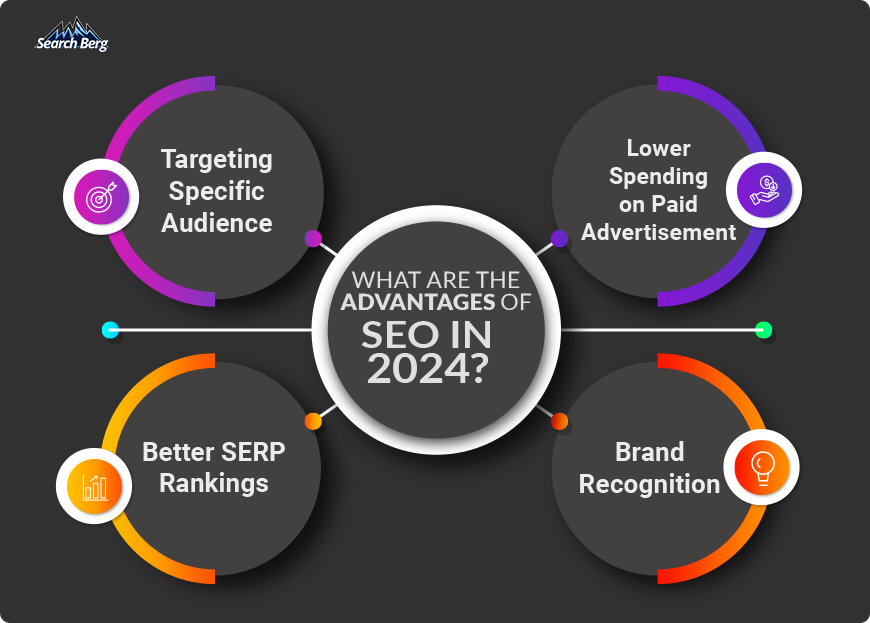
Recommended Read: How to Choose a White Label SEO Partner
Step 1: Keyword Research: The Foundation of SEO
Keyword research is the cornerstone of any successful SEO strategy. Keywords are the words and phrases that people use to search for information online. By understanding and incorporating relevant keywords into your website content, you can significantly improve your search engine rankings.
Why are Keywords Important?
Keywords help search engines understand the topic of your website and match it with relevant search queries. By using the right keywords as part of your SEO guide, you can attract more targeted traffic to your website.
How to Find Relevant Keywords
To identify relevant keywords, you can use various keyword research tools such as Google Keyword Planner that our professional SEO services take advantage of. These tools provide valuable insights into search volume, competition, and related keywords.
When conducting keyword research, consider both short-tail and long-tail keywords:
- Short-tail keywords: These are broad, general keywords with high search volume, such as “women’s clothing.”
- Long-tail keywords: These are more specific keywords with lower search volume but higher conversion potential, such as “best women’s clothing for winter.”
Keyword Placement
Once you’ve identified relevant keywords, it’s essential to place them strategically throughout your website:
- Title Tags: The title of your webpage, displayed in search engine results.
- Meta Descriptions: The brief summary of your webpage that appears below the title in search results.
- Header Tags (H1, H2, H3, etc.): Used to structure your content and highlight important keywords.
- Body Content: The main content of your webpage, where you can naturally incorporate keywords.
- Image Alt Text: Descriptive text added to images, which can also include relevant keywords.
Our SEO guide can’t emphasize enough how important it is to perform keyword research and optimization techniques; you can improve your website’s visibility and attract more organic traffic.
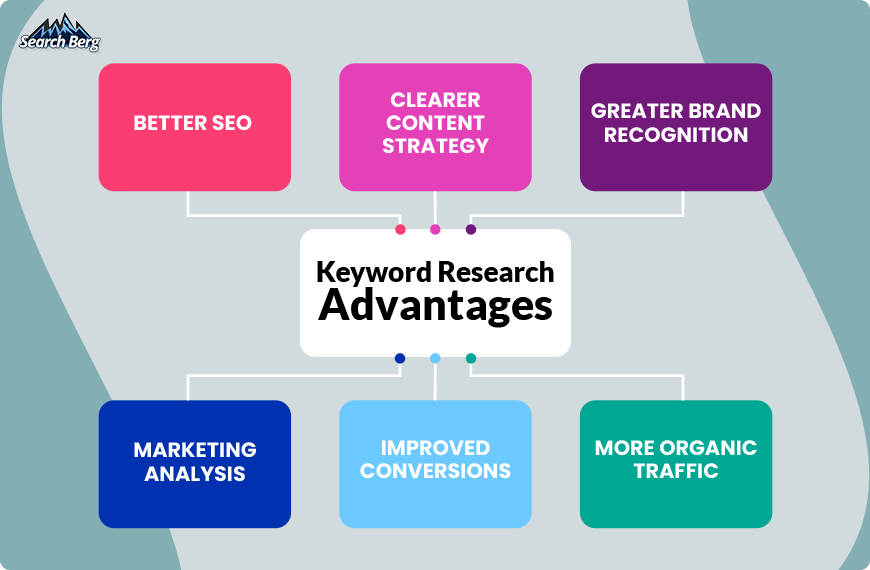
Recommended Read: What Does An SEO Specialist Do?
Step 2: On-Page SEO: Optimizing Your Website’s Core Elements
One of the SEO basics that our SEO guide focuses on is on-page optimization. This focuses on optimizing the content and HTML source code of your website to improve its search engine rankings. Here are some key on-page SEO techniques to consider:
Optimizing Title Tags and Meta Descriptions
- Compelling Title Tags: Craft concise and keyword-rich title tags that accurately describe your page’s content. A strong title tag can significantly impact your click-through rate in search engine results.
- Informative Meta Descriptions: Write persuasive meta descriptions that summarize your page’s content and encourage users to click. Include your target keyword naturally within the meta description.
Header Tags (H1, H2, H3, etc.)
- Structuring Your Content: Use header tags to organize your content hierarchically. The H1 tag is the most important, followed by H2, H3, and so on.
- Keyword Usage: Incorporate your target keyword into your H1 tag and use relevant keywords in subsequent header tags to improve your page’s semantic structure.
Image Optimization
- Compression: Compress images to reduce file size without compromising quality. Smaller file sizes lead to faster page loading times, which is crucial for SEO.
- Descriptive File Names and Alt Text: Use descriptive file names and alt text for your images. This helps search engines understand the content of your images and can improve your website’s accessibility.
URL Structure
- Clean and Keyword-Rich URLs: Create clean and keyword-rich URLs that are easy to understand and remember. Avoid using dynamic parameters and excessive hyphens.
Step 3: Content Creation: The Heart of SEO
High-quality, relevant content is the foundation of effective SEO for beginners. By creating valuable and engaging content, you can attract and retain visitors to your website.
High-Quality Content
- Target Audience: Understand your target audience’s needs, preferences, and search intent. Tailor your content to address their specific questions and concerns. If you’re struggling to make high-quality content, you can always hire our SEO services for your needs.
- Engaging Content: Write clear, concise, and well-structured content that is easy to read and understand. Use a conversational tone and break up your text with headings, bullet points, and images.
Content Length
- Ideal Length: While there’s no one-size-fits-all answer, longer, more in-depth content often performs well in search engine rankings. However, quality should always take precedence over quantity.
Content Freshness
- Regular Updates: Our SEO guide emphasizes that you must keep your content fresh and up-to-date. Regularly update your blog posts, product descriptions, and other content to maintain search engine rankings and provide value to your audience.
With these on-page SEO and content creation best practices, you can improve your website’s visibility, attract more organic traffic, and achieve your marketing goals.
Step 5: Backlink Building: The Power of External Links
Backlinks are links from other websites to yours. They are a crucial factor in SEO services as they signal to search engines that your website is valuable and authoritative.
Types of Backlinks
- High-Quality Backlinks: These are links from reputable, authoritative websites in your industry. They carry more weight in search engine algorithms.
- Low-Quality Backlinks: These are links from spammy or low-quality websites. They can harm your website’s reputation and SEO.
- Do-Follow Backlinks: These pass link equity from one website to another, helping to improve your search engine rankings.
- No-Follow Backlinks: These don’t pass link equity but can still be beneficial for brand exposure and driving traffic.
Backlink Building Strategies
- Guest Posting: Write high-quality guest posts for other websites in your niche. Include a link back to your website in your author bio or within the content.
- Broken Link Building: Find broken links on other websites and offer to replace them with links to your relevant content.
- Outreach and Relationship Building: Build relationships with other website owners and bloggers in your industry. Collaborate on projects, share content, and encourage them to link to your website.
In addition to our professional SEO services, we also specialize in link building services that you can contact us for.
Recommended Read: How to Build Backlinks in SEO: 5 Tips for Strategic Link Building
Step 6: Local SEO: Reaching Customers in Your Community
Local SEO helps businesses attract customers in their local area. By optimizing your website for local search through our SEO guide, you can increase your visibility and attract more local customers.
Google My Business
- Claim Your Listing: Claim your Google My Business listing and verify your business information.
- Optimize Your Listing: Complete your listing with accurate information, including your business name, address, phone number, website, and business hours.
- Encourage Reviews: Encourage satisfied customers to leave positive reviews on your Google My Business listing.
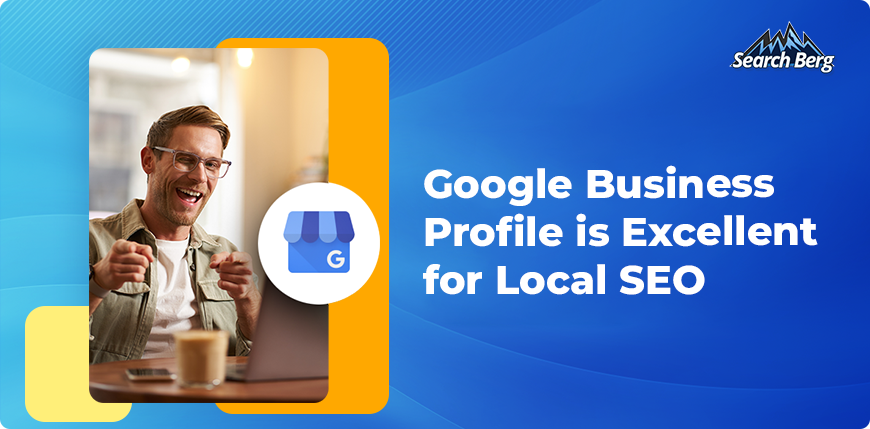
Local Citations
- Build Citations: Create listings for your business on local directories and citation websites.
- Consistency: Ensure consistency in your business name, address, and phone number (NAP) across all listings.
Local SEO Keywords
- Target Local Keywords: Use local keywords and phrases, such as “best pizza in New York” or “hair salon near me.”
- Optimize Your Content: Incorporate local keywords into your website content, including your title tags, meta descriptions, and body copy.
Step 7: Voice Search Optimization: Adapting to the Future of Search
Voice search is becoming increasingly popular, and optimizing your website for voice search can help you capture a larger share of the market.
Understanding Voice Search
- Natural Language Queries: Voice search queries tend to be longer and more conversational than traditional text-based queries.
- Featured Snippets: Voice assistants often read aloud the information from featured snippets, making it crucial to optimize your content for these.
Optimizing for Voice Search
- Long-Tail Keywords: Use long-tail keywords and natural language to target voice search queries. Refer to what we mentioned earlier regarding how you can optimize content with keywords.
- FAQ-Style Content: Create FAQ-style content to answer common questions that users might ask.
- Schema Markup: Implement schema markup to help search engines understand the structure of your content and improve your chances of appearing in featured snippets.
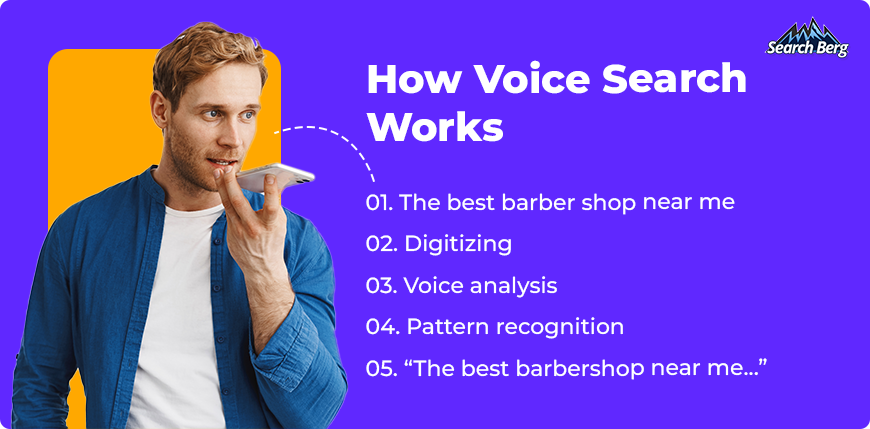
Step 8: User Experience (UX): A Key Factor in SEO
User Experience (UX) is a critical aspect of SEO services. A positive user experience can lead to lower bounce rates, increased time on site, and higher conversions.
- Clear and Intuitive Navigation: Ensure your website has a clear and intuitive navigation menu.
- Logical Structure: Organize your content in a logical and hierarchical manner.
- Easy-to-Find Information: Make sure important information is easily accessible.
Page Loading Speed
- Optimize Images: Compress images to reduce file size.
- Minimize HTTP Requests: Reduce the number of HTTP requests your website makes.
- Leverage Browser Caching: Enable browser caching to store static files locally.
- Use a Content Delivery Network (CDN): Distribute your website’s content across multiple servers to improve load times.
Mobile-Friendly Design
- Responsive Design: Ensure your website adapts seamlessly to different screen sizes.
- Mobile-Friendly Testing: Use Google’s Mobile-Friendly Test tool to check your website’s mobile-friendliness.
- Fast Mobile Load Times: Optimize your website for fast mobile load times.
Secure Website (HTTPS)
- HTTPS Encryption: Implement HTTPS to encrypt data transmitted between your website and users’ browsers.
- SSL Certificate: Obtain an SSL certificate to enable HTTPS.
Step 9: Social Media and SEO: Amplifying Your Reach
Our SEO guide is here to help you understand that social media can significantly impact your SEO efforts. By sharing your content on social media, you can increase brand awareness, drive traffic to your website, and build backlinks.
Social Media Signals
- Increased Visibility: Sharing your content on social media can increase its visibility and reach a wider audience.
- Improved Brand Awareness: A strong social media presence can help build brand awareness and credibility.
- Backlink Opportunities: Sharing your content on social media can lead to backlinks from other websites.
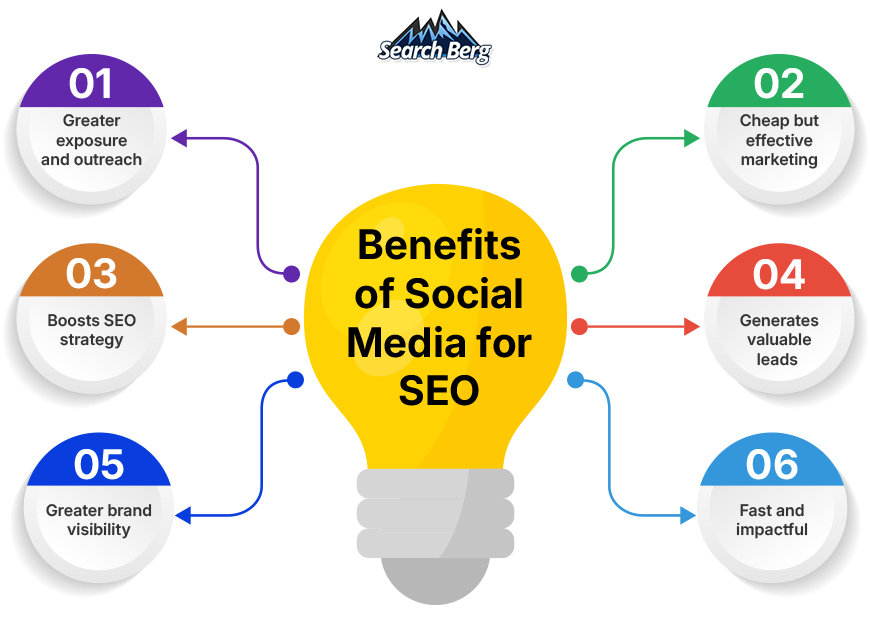
Sharing Your Content on Social Media
- Consistent Posting: Share your content regularly on your social media channels.
- Engaging Content: Create visually appealing and shareable content, or hire our SEO services to help you do that.
- Use Relevant Hashtags: Use relevant hashtags to increase the visibility of your posts.
Building a Strong Social Media Presence
- Engage with Your Audience: Respond to comments and messages promptly.
- Run Contests and Promotions: Encourage user engagement and build your following.
- Collaborate with Other Influencers: Partner with other influencers in your industry to cross-promote content.
Recommended Read: Guaranteed SEO Services That Work: Strategies for Reliable Results in 2024
Step 10: Tracking and Analyzing: Measuring Your Success
Tracking and analyzing your SEO efforts is essential to measure your progress and identify areas for improvement.
Google Analytics
- Set Up Google Analytics: Our professional SEO services will create a Google Analytics account and add the tracking code to your website.
- Track Key Metrics: Monitor key metrics such as website traffic, user behavior, and conversion rates.
- Segment Your Data: Segment your data by demographics, interests, and other factors to gain deeper insights.
Google Search Console
- Monitor Search Performance: Track your website’s search performance, including impressions, clicks, and average position.
- Identify Technical Issues: Use Google Search Console to identify and fix technical SEO issues.
- Submit XML Sitemaps: Submit your website’s XML sitemap to Google Search Console to help search engines crawl and index your pages.
If you’re consistent with the steps in our SEO guides and continuously monitoring and optimizing your SEO efforts, you can improve your website’s visibility, attract more organic traffic, and achieve your business goals.
Work with Search Berg’s Team for Your Needs
Ready to dominate search engine results? Search Berg’s professional SEO services are designed to drive organic traffic, boost brand visibility, and maximize your return on investment. Our team of skilled search engine optimization service professionals will conduct in-depth keyword research, optimize your website’s on-page elements, build high-quality backlinks, and monitor your performance to ensure optimal results.
Don’t let your website get lost in the digital noise. Contact Search Berg today for a free consultation and discover how our SEO solutions and guide can help you achieve your online goals.
Invest in Comprehensive Professional SEO Services
Get more details about our SEO services and how they can upgrade your presence online.
No spam, just expert advice!














